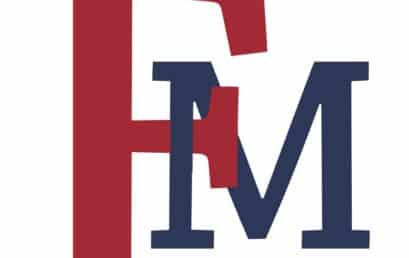CS 313 – Systems Design & Development
Prerequisites/Corequisites: Take CS-226; Minimum grade C. (Required, Previous). | Take CS-227. (Required, Previous or concurrent). Credit Hours: Min: 3; Max: Description: Development of computerized systems focusing on structured systems analysis and its application to information system software development. Emphasis will be on problem analysis, correctness, reliability, and maintainability.
CHEM 404 – Biochemistry I
Prerequisites/Corequisites: Take CHEM 202 and one semester of biology or permission of department. (Required, Previous). Credit Hours: Min: 3; Max: Description: Chemistry of biologically important processes at the molecular level: the chemistry and metabolism of carbohydrates, proteins, and lipids and the action of vitamins, hormones, and enzymes.
CS 150 – Microcomputers & Software Appl I
Prerequisites/Corequisites: Take 1 group (Take MATH-105; Minimum grade C /Take MATH-110 MATH-110L; Minimum grade C). (Required, Previous). Credit Hours: Min: 3; Max: Description: Introduction to microcomputer hardware and software. Topics include computer fundamentals, word processing, electronic spreadsheets, databases, and other microcomputer application areas. Solutions for several problems using microcomputers and commercial software will be required.
CS 190 – Programming Fundamentals
Prerequisites/Corequisites: Take MATH-111 or MATH-121. (Required, Previous). Credit Hours: Min: 3; Max: Description: Introduction to problem-solving and algorithm development techniques based on the program development process. Study of basic computer concepts and computer systems; elementary data types and data structures; input and output processing; control structures; modular program design; elementary file processing; algorithm design and […]
CS 190L – Programming Fundamentals Lab
Prerequisites/Corequisites: Take MATH-111 or MATH-121. (Required, Previous). | Take CS-190. (Required, Concurrent). Credit Hours: Min: 1; Max: Description: Laboratory demonstrates the topics and principles presented in the lecture.
CHEM 201L – Organic Chemistry I Laboratory
Prerequisites/Corequisites: Take CHEM-201. (Required, Concurrent). Credit Hours: Min: ; Max: Description:
CHEM 203 – Analytical Chem I: Quant Analytical
Prerequisites/Corequisites: Take CHEM 112 and CHEM 112L. (Required, Previous). Credit Hours: Min: 4; Max: Description: Solution equilibria; evaluation of analytical data; precipitation theory and precipitate formation; volumetric and gravimetric principles; acids, bases, and neutralization; oxidation-reduction; electroanalysis; photometry; complexation analysis; methods of separation.
CHEM 203L – Analytical Chemistry I Lab
Prerequisites/Corequisites: Take CHEM-203. (Required, Concurrent). Credit Hours: Min: ; Max: Description:
CHEM 301 – Physical Chemistry I
Prerequisites/Corequisites: Take CHEM 202, PHYS 202, and MATH 202 or permission of department. (Required, Previous). | Take CHEM 203 or permission of department. (Required, Concurrent). Credit Hours: Min: 4; Max: Description: The states of matter, thermodynamics, equilibria, solutions and colligative properties, phase rule, conductance, and electrochemistry. The lab contact reinforces lecture material, including gas laws, […]
CHEM 301L – Physical Chemistry I Laboratory
Prerequisites/Corequisites: Take CHEM-301. (Required, Concurrent). Credit Hours: Min: ; Max: Description:
CHEM 111 – General Chemistry I: General Concepts in Chemistry
Prerequisites/Corequisites: MATH 111 (or MATH 111E). Credit Hours: Min: 3; Max: Description: The states of matter, including the gas laws; stoichiometry; electronic structure and bonding; periodicity; solutions.
CHEM 111L – General Chemistry I Laboratory: General Concepts in Chemistry
Prerequisites/Corequisites: CHEM 111 and MATH 111 (or MATH 111E). Credit Hours: Min: 1; Max: Description: Introductory laboratory experiments reinforce concepts from Chemistry 111 as well as description and explanation of observed reactions, measurements, calculations, proper use of laboratory equipment and laboratory safety.
